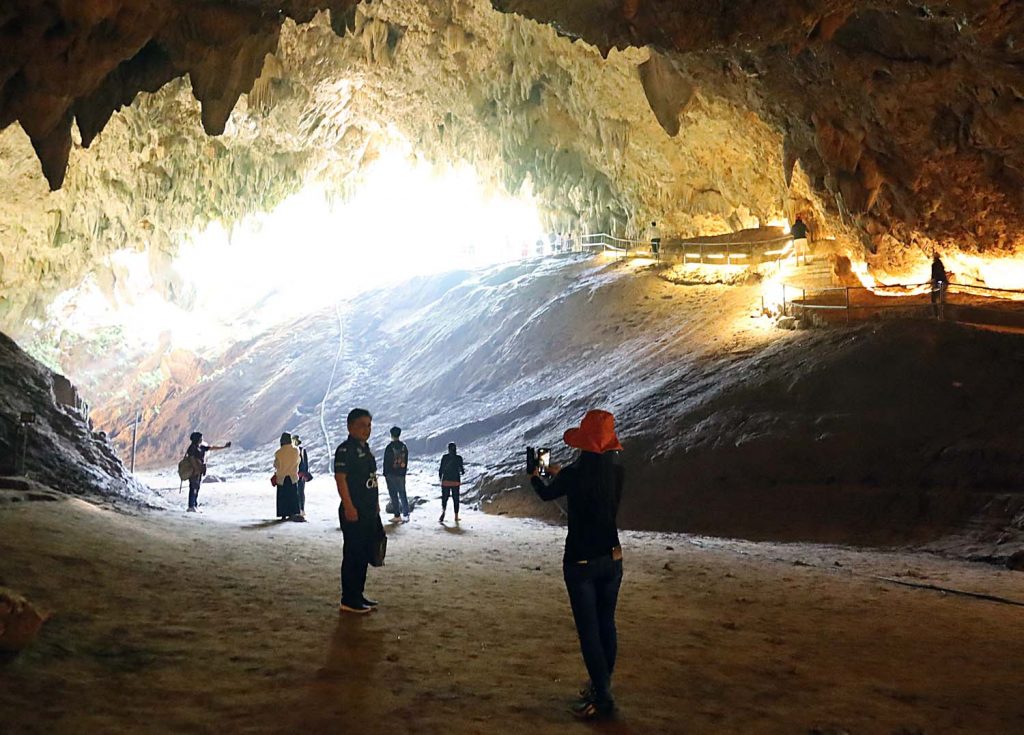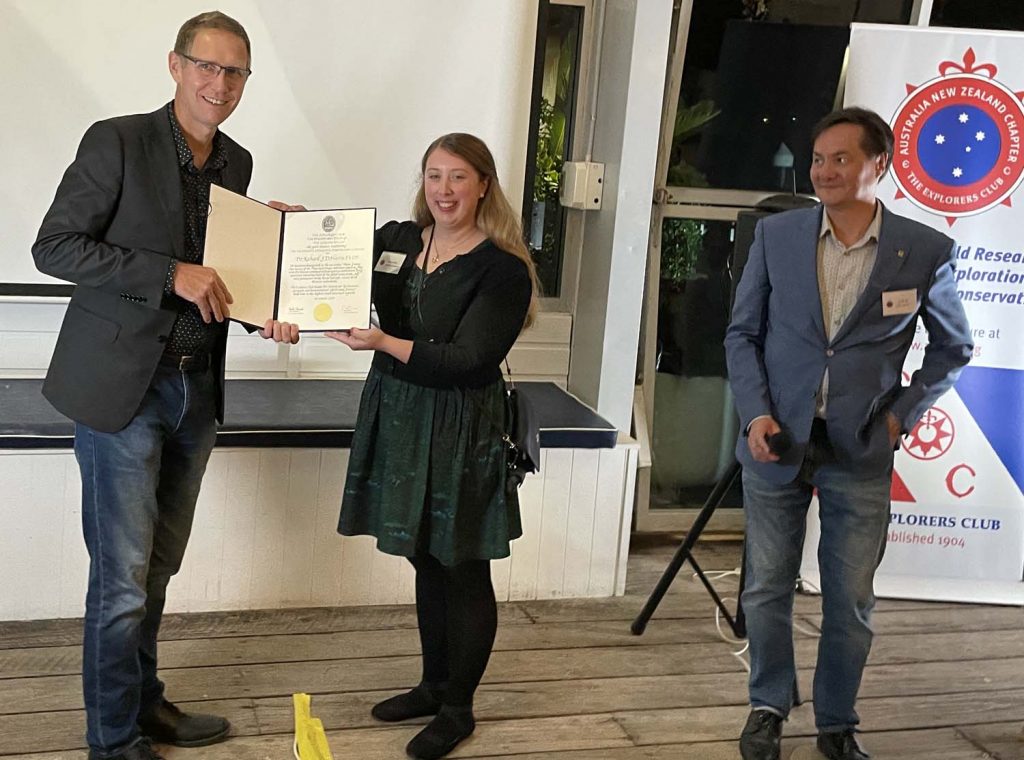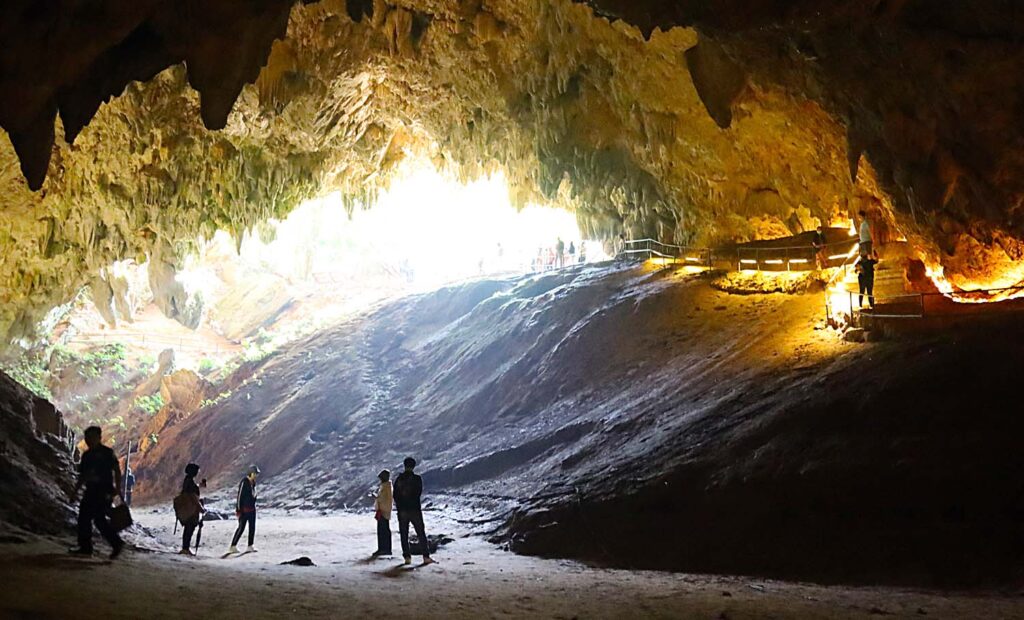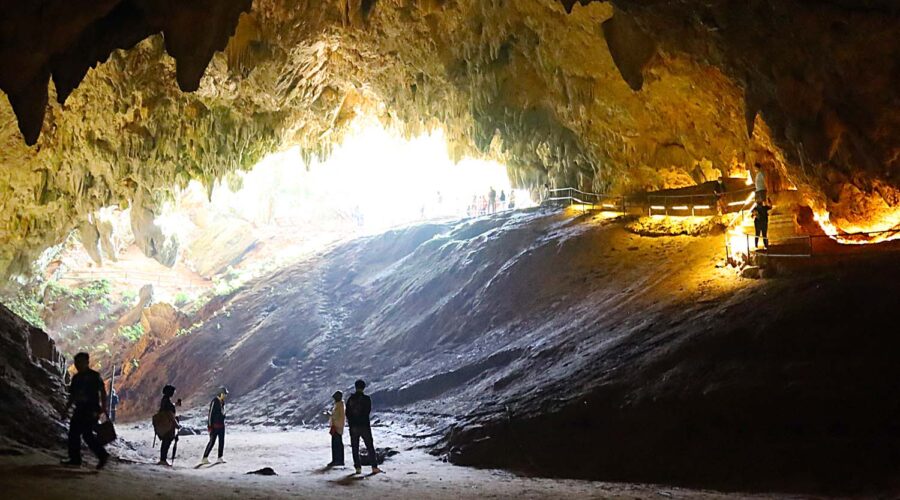Chiang Rai’s Famous Rescue Cave
Guest blogger John Borthwick visited the Tham Luang cave in northern Thailand, scene of a spectacular rescue in 2018. Here’s what he found.
There have been major documentaries and endless interviews. And Hollywood is turning it into a dramatic feature film. “It” is the extraordinary story that played out in June-July 2018 when 12 young Thai soccer players and their coach were entombed deep within a flooded cave system outside Chiang Rai in northern Thailand.

Today, sunlight streams into the cathedral-sized first chamber of Thailand’s Tham Luang Nang Non, the ”Great Cave of the Sleeping Lady”. Visitors amble down a well-made pathway to explore the floor of the cavern and take selfies. It’s hard to imagine that this was a scene of frantic activity that gripped the world’s attention for a fortnight.
Marooned by rising waters on a ledge over three kilometres deep within a claustrophobic labyrinth, the Wild Boars football team, the youngest of whom was only 11, was almost given up for dead. Ten days passed before two freelance British cave divers, called in by the Thai government to assist, managed to battle upstream through murky waters and find the boys alive.
The dangerous rescue that followed took another week. Twenty-three countries contributed to the effort. Among the thousands of participants and dozens of heroes were two Australian medical specialists and cave divers, doctors Richard Harris and Craig Challen who oversaw the risky task of anaesthetising the boys before teams of divers then swam them, submerged and unconscious, out to safety. The grandfather of one boy said, “It’s like they have died. And now have been reborn.”

The cave in Tham Luang—Khun Nam Nang Non National Park, about 40 minutes drive from Chiang Rai, has been reopened to the public. “During the week we now get about 1000 visitors a day. On weekends, two thousand,” a National Parks ranger tells me. Entry is free and a shuttle bus runs constantly between the nearby parking lot and cave entrance.
Visitors can wander the giant entry chamber and climb the steps to its Spirit House altar. I explore further into the limestone cavern, which runs some ten kilometres toward the nearby Myanmar border. However, after only 300 metres the narrowing passageway is firmly blocked by a metal barricade. Thai National Parks aren’t taking any chances with thrill-seekers tempting fate in seeing how far they might make it towards the famous rescue point, even during this dry season.

The area around the cave entrance has now become a sort of “Rescue” theme park, with murals, maps, a recreated tunnel section and a large statue honouring former Thai Navy SEAL diver Saman Kunan, the only person to perish during the mission.
The British Cave Rescue Council divers received multiple bravery awards, as did many Thai SEALS, plus US, Chinese, Belgian and other participants. The two Australian specialists jointly won the “Australian of the Year” award. The young footballers — true heroes all — were feted internationally and several of them, who were stateless, including coach Ekkapol Chantawong, were granted Thai citizenship.
At least four versions of ‘the rescue’ will see the light of movie and television screens. First out was the 2019 doco, The Cave by Thai-Irish filmmaker Tom Waller. A Netflix mini-series that focuses on the young footballers is in the works. National Geographic’s 2021 documentary, The Rescue was stunning on the big screen and is now available on Disney.
Meanwhile, Hollywood director Ron Howard’s big-budget version, “Thirteen Lives” will star Viggo Mortensen and Colin Farrell as the British duo who first found the boys.
After the boys were all rescued and safe in their own Chiang Rai hospital ward, the Thai Navy SEALS posted: “We are not sure if this is a miracle, science, or what?” Probably all of the above.

